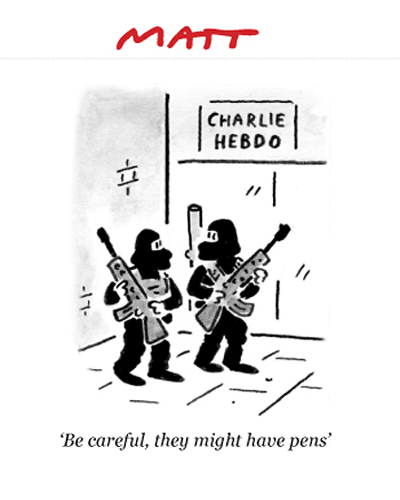And that got us to thinking about our favourite films, and that got us to looking again at our most recent review on this blog here of one of Alice's favourites - viz: 20,000 Days on Earth. Which she's never been quite satisfied with. Details of the review, that is, not the film!
Wait a minute, what's all this "viz" stuff? I didn't say that. Alice stuck it in without thinking. Turns out she doesn't really know what it means, and had to look it up. Apparently it's short for the Latin videlicet, which means "namely", "that is to say" or "to wit". And To Woo to you too.
Get to the point!
Well, the good news is she managed to find a much better video of the final minutes of the film, and that enabled her to create a better image of the last scene, too. While she was at it, she also added another paragraph of the poetic lines by Nick Cave about the creative process. In fact she's even gone so far as to create a poster for herself with the words on, and this brooding picture of the man, to see if it inspires her to get writing something herself. I told her the picture isn't brooding, he is. But she says it's a transferred epithet, and I've asked for far too many underlinings today. Oh dear.
So: you can go back to the newly updated version of our post Further thoughts on 20,000 Days on Earth and check out everything there, or just follow this new link to said video. And since you may be both curious and lazy, we're adding the complete quotation below.
The song is heroic, because the song confronts death. The song is immortal and bravely stares down our own extinction. The song emerges from the spirit world with a true message. One day, I will tell you how to slay the dragon.
All of our days are numbered: we cannot afford to be idle. To act on a bad idea is better than to not act at all, because the worth of the idea never becomes apparent til you do it. Sometimes this idea can be the smallest thing in the world, a little flame that you hunch over and cup with your hand and pray will not be extinguished by all the storm that howls about. If you can hold onto that flame, great things can be constructed around it: they are massive, and powerful, and world-changing - all held up by the tiniest of ideas....
In the end, I am not interested in that which I fully understand. The words I’ve written over the years are just a veneer. There are truths that lie beneath the surface of the words. Truths that rise up without warning like the humps of a sea monster – and then disappear. What performance and song is to me is finding a way to tempt that monster to the surface. To create a space where the creature can break through what is real and what is known to us. This shimmering space, where imagination and reality intercept. This is where all love and tears and joy exist. This is the place. This is where we live.
Aaaah. Yes.






.gif)


